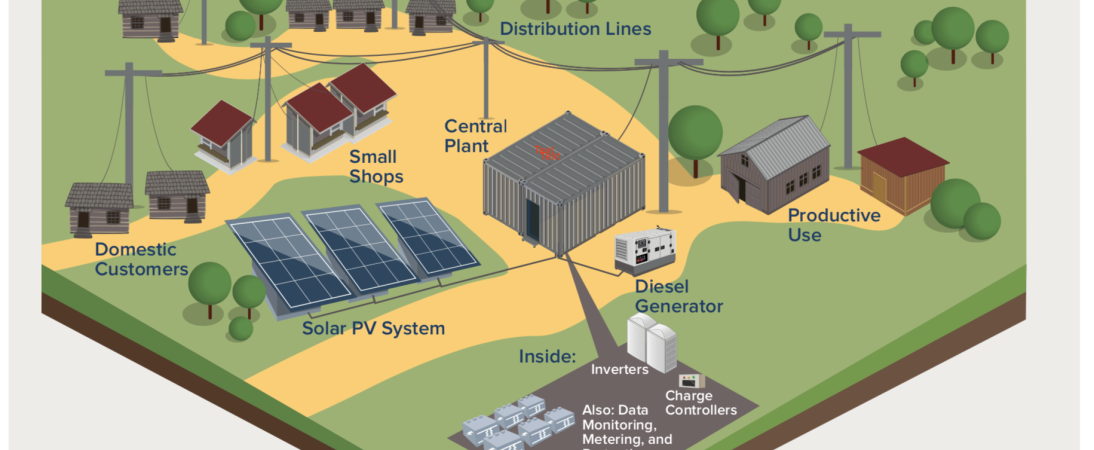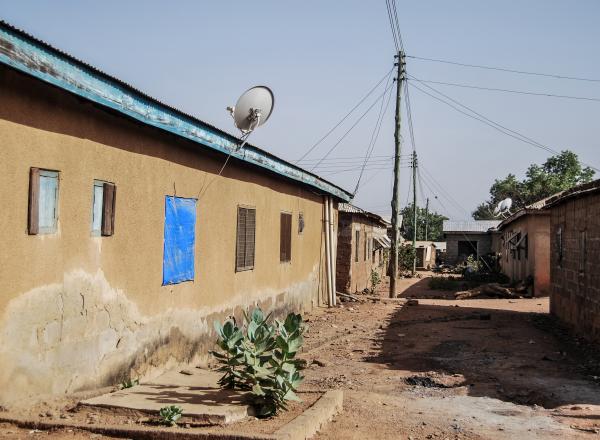Innovations

Sustainable Energy for Economic Development
SEED
The Sustainable Energy for Economic Development team partners with governments, utilities, development partners and the private sector in sub-Saharan Africa to drive affordable, efficient and resilient energy systems that incorporate emerging distributed energy resources to rapidly provide energy access and increase economic development.
The problem
Today, more than 600 million people in sub-Saharan Africa lack access to reliable electricity–these people live in what are called “undergrid” communities. Such communities are within the reach of distribution companies, but receive unreliable, inconsistent, and/or low-quality power that does not meet their needs or they receive no power at all. Additionally, it is the only region in the world where population growth is outstripping growth in access, which means the percentage of people in the region with access to electricity—and the benefits it brings—is set to decline.
The solution
SEED accelerates cost reductions in minigrids and increases their commercial viability to scale the impact they have on access rates and economic development, while also avoiding CO2 emissions and increasing resilience to a changing climate. They focus on manufacturing at the community level with quality electricity, which can provide clean, healthy light and electricity for services. This also cuts costs for manufacturing and increases community wealth by bringing activities (within supply chains) closer to people. To date, the SEED program has worked with partners in Rwanda, Uganda, Sierra Leone, Nigeria, and Ethiopia.
How it Works
There is an untapped opportunity to better serve “undergrid” communities through minigrids that utilize existing energy distribution and incorporate distributed energy resources. These systems are called undergrid minigrids. A minigrid is a self-contained electricity generation and distribution system that provides power at the community level. Minigrids are typically used in rural areas where grid extension is not viable, and usually consist of a combination of solar photovoltaics, battery storage, and a backup diesel generator. There are five main steps to establishing undergrid minigrids: a) promote minigrid awareness, b) develop business models, c) implement pilot projects, d) enable market growth and scaling, and e) evaluate and ensure benefits. These steps and potential opportunity are applicable throughout much of sub-Saharan Africa for the benefit of millions of undergrid customers and the distribution companies and minigrid developers that serve them.
Goals
- Transform the power sector and demonstrate how a whole-systems approach improves lives and accelerates economic development.
- To ensure energy access is delivering on economic development.
- Continue advocating for local communities and governments and empower them to take the lead in the design of their own energy supply, etc.
Challenges
- Developers may face challenges in working with distribution companies (DisCos) to identify appropriate undergrid sites that offer a strong business case for minigrid development and achieve favourable contract terms.
- Negotiation with both the DisCos and the communities will be needed; DisCos are required to develop Performance Improvement Plans as well as five-year network expansion plans, which are to be shared with and approved by the government. These plans can be requested by undergrid minigrid investors/developers, but the implementation of tripartite contracts may be a slow process in practice.
Impacts to Date
- Helped shape the dialogue around distributed energy.
- Built common ground among various stakeholders to view reliable power as an enabling mechanism for businesses to have more production and throughput.
- Valuation and quantification of energy efficiency and market potential in Ethiopia and Nigeria.
- Exploration and facilitation of various undergrid minigrid project developments in Ethiopia, Nigeria and Rwanda.
- Need identification in Uganda to focus on investment beyond traditional power supply in order to avoid taking on additional unnecessary debt and to ensure the value of energy access is realized through demand stimulation programs.
- Development of an off-grid electrification strategy in Rwanda that led to multiple solar home system companies to operate in the country, leading to lower pricing and better products for consumers.
What's Next
SEED’s program focus has moved to become more community-building and building the will and interests of stakeholders, political actors and investors. They’ve learned and understand decisions are actually made and successfully operate within these environments. This represents 90% of their focus with the technical aspect representing 10% of the projects.
This innovation can certainly be replicated elsewhere in the world, not only in sub-Saharan Africa. The basis for replication requires partnerships between the private sector, communities and government. Some assumptions underlying the current status or roles of the regulator, government, and DisCo may be country-specific.
More information
Interview conducted with Eric Wanless of the Rocky Mountain Institute.
For more information, please visit https://rmi.org/our-work/global-energy-transitions/seed/
